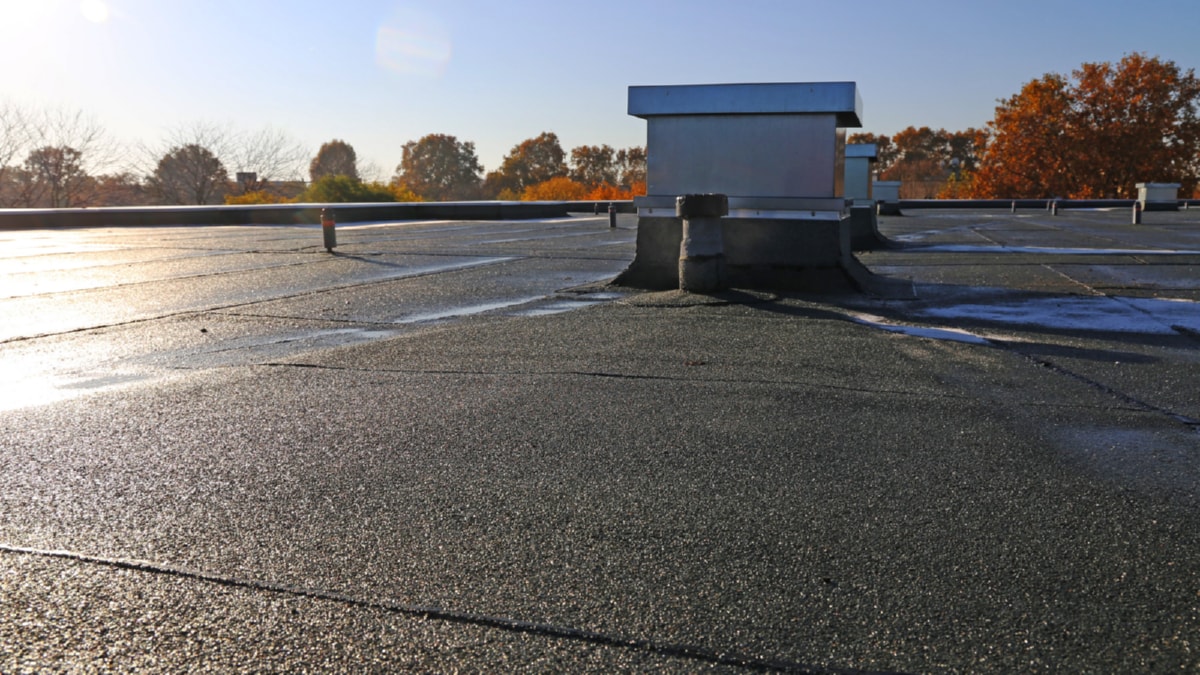As the world grapples with the urgent need to mitigate climate change, the construction industry has not been left behind. It is progressively embracing eco-friendly construction techniques to reduce carbon footprint and conserve the environment. This article explores some of the latest trends in this realm that are not only environmentally conscious but also efficient and cost-effective.
One of the most prominent trends is the use of sustainable building materials. By using materials that are renewable and sustainably sourced, constructors can significantly reduce the environmental impact of their projects. For instance, bamboo, a fast-growing plant, is gaining popularity as a construction material because it regenerates quickly and absorbs carbon dioxide during its growth. Similarly, recycled steel is being adopted as it requires less energy to produce than new steel, reducing carbon emissions. Moreover, the use of reclaimed wood and recycled plastic is becoming increasingly prevalent.
Another trend is the use of energy-efficient designs and technologies. Passive solar design, for instance, involves orienting a building and choosing its layout to maximally utilize sunlight for heating and natural light. This significantly reduces the need for artificial lighting and heating, thereby lowering energy consumption. Furthermore, technologies such as green insulation made from recycled denim or sheep’s wool, and energy-efficient appliances and systems like solar panels and smart thermostats, are increasingly being incorporated into buildings.
Thirdly, green roofs and living walls are becoming a common feature in modern construction. These are roofs and walls covered with vegetation, which provide natural insulation, reducing the need for air conditioning and heating. They also improve air quality by absorbing pollutants, create habitats for wildlife, and can be used for urban farming.
Water efficiency is also a key focus in eco-friendly construction. Rainwater harvesting systems, greywater recycling systems, and water-efficient fixtures are some of the methods employed to conserve water. Such systems not only reduce water consumption but also lower utility bills, making them a win-win solution.
The trend towards net-zero buildings is another significant development. These are buildings that generate as much energy as they use, usually through renewable energy sources like solar or wind power. They are designed to be extremely energy efficient so that the small amount of energy they need can be fully covered by the energy they produce.
Lastly, construction waste management is increasingly being prioritized. Instead of sending waste to the landfill, construction companies are finding ways to recycle and reuse materials on site. For instance, concrete can be crushed and used as a base for roads, while wood can be chipped and used for landscaping.
In conclusion, the construction industry is undergoing a green revolution, with numerous innovative techniques being adopted to make construction more sustainable. These trends underscore the industry’s commitment to environmental conservation and the mitigation of climate change. They are a testament to the fact that it is possible to construct buildings that are not only functional and aesthetically pleasing, but also kind to our planet. As these practices become mainstream, we can look forward to a future where all construction is eco-friendly.
For more details, check best masonry services or visit their business listing here.



